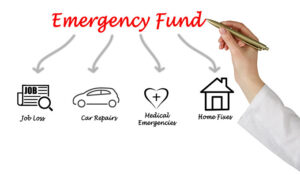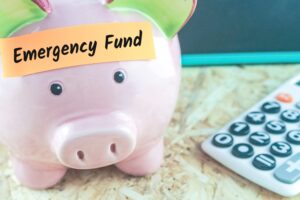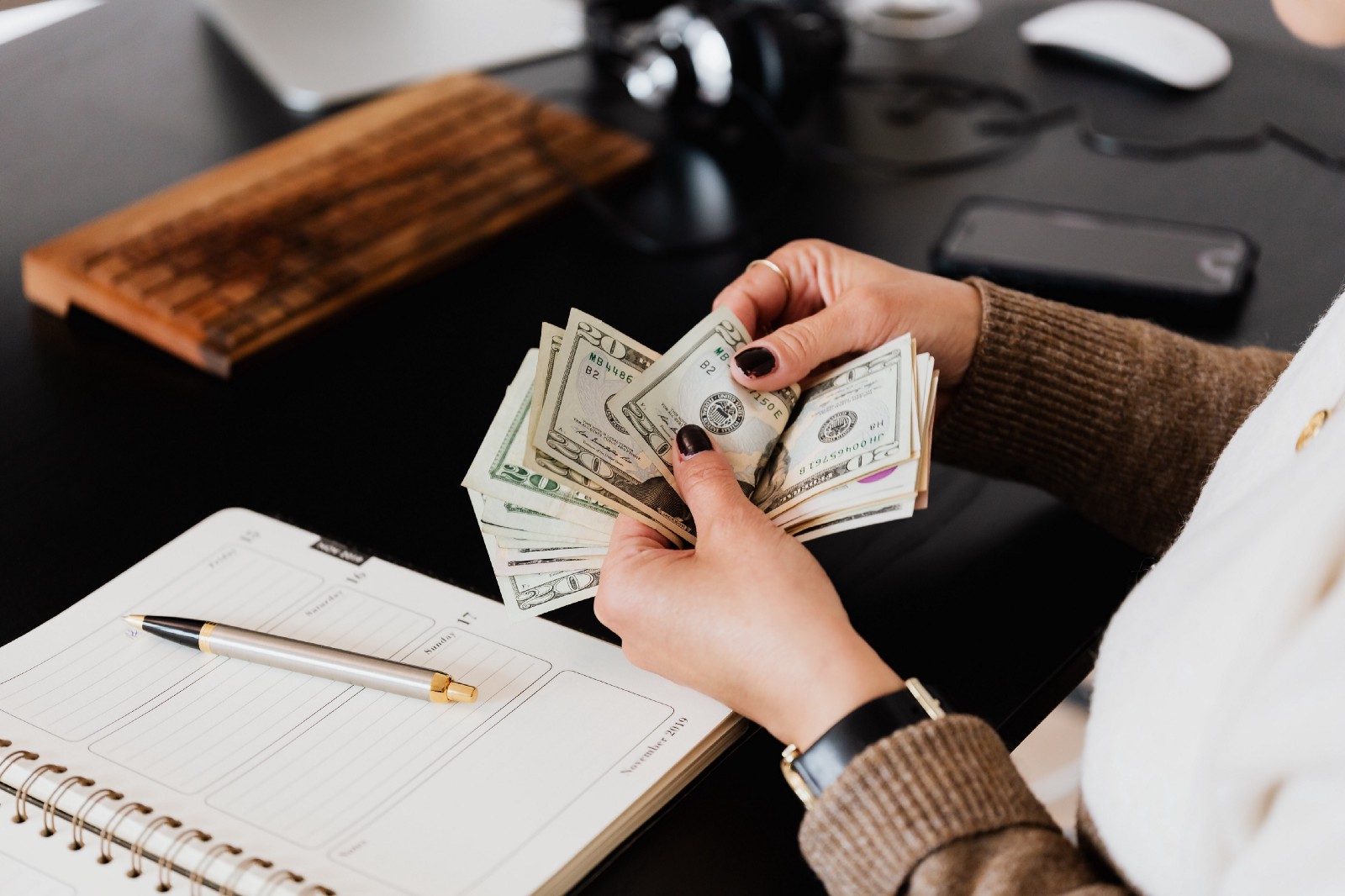An emergency fund is a particular savings account that you simply use to cover expenses in the event of an emergency. Personal financial planners will tell you that an emergency fund is even more significant than paying off certain types of debt–because having a crisis fund is what prevents you from going into debt, particularly debt with burdensome terms like payday loans. That said, if you need emergency financial assistance now, these resources will help steer you in making the right next actions.
- Just how much should I have in savings?
According to the investment management firm, Vanguard, it is very good to save three to six months’ worth of expenses saved for a crisis. This is referred to as the emergency fund ratio, a measure of just how ready you are to cover unexpected life events like a sudden loss of revenue or having to cover a big medical bill.
The emergency fund definition also requires that this cash be put in a savings account you never touch unless it is a true catastrophic emergency. If this seems like a lot, it’s –but start small, opening dedicated savings account to your finance and putting whatever you can inside every month. Even $50 a month will add up to $600 at the end of your first year.
- Stay liquid and Make a firewall
Emergency savings needs to be held in an account that’s liquid, which means that you can withdraw the money instantly if desired. Your emergency fund shouldn’t be deposited into a retirement account since you are not able to get those funds straight away and you want to avoid using accounts that have high tax penalties for early withdrawal (IRAs or 401k programs ). It’s possible to finance those accounts individually after you have stored them for a crisis.
Separating these savings creates a kind of firewall between your emergency capital and your retirement savings. Should you run into a crisis like a home flooding, you do not wish to get that crisis affect your financial security as you become older.
- Largest advantage of a savings finance: Peace of mind
Perhaps the biggest benefit of having an emergency savings fund will function as peace of mind you gain. Knowing you can cope with emergencies such as job loss, disability, unplanned home or transport costs, emergency operations, natural disasters, or theft, or any unanticipated expenses can take a lot of weight off your shoulders.
While few of us suffer crises frequently, the majority of us will face some crisis, large or small, at some point in our own lives. It’s always best to be prepared with an emergency finance.

How to Start an Emergency Fund
Six ways to save cash fast
The fantastic thing is that saving money is straightforward in practice. It often comes down to spending less, not making more. To spare, you have to live within your means and be vigilant about cutting unnecessary expenses. Here are five easy tips to teach you how to Construct an emergency fund fast:
1. Keep an eye on the little matters
Be particularly aware of little extravagances that add up over time and have a low positive yield. As an instance, a daily hamburger which prices $4 adds up to almost $1500 annually and you can likely get exactly the exact same effect while spending less cash. Choosing a $2 drip coffee in lieu of java is a safe place to start. Just like that, you have saved yourself $700 a year. We are not saying that you need to cut out coffee completely, or anything else for that matter–simply search through your bank statements and see where you can make modest alterations.
You might even bypass driving your car and opt for carpool providers rather, which can offer a lot of gas savings long-term.
Additionally, there are particular charities and resources which can help you with your everyday bills. Be sure to read through this guide to see and assess if you’re eligible for help: How to Get Help With Clients: Resources.

Ways to save cash fast
2. Be goal-driven
Set a monthly savings goal according to your financial plan. Then, set an auto-transfer through your bank accounts or company payroll to place a specific amount of money in your emergency savings account per month or week. For example, if your monthly savings aim is to set aside $100 per month, set an auto-transfer within your bank account to send $50 for your emergency savings account every two weeks. After a couple of months, you will not observe the auto-transfer you put up and you’ll have $1200 saved in your emergency fund in 1 year’s time.
3. Make it harder to deceive yourself
The question of the place to maintain emergency fund money is an important but frequently overlooked, consideration. After all, It’s easy to invest on a whim if all your money is sitting in a checking account, connected to your ATM card. It is even easier if you take a small number of credit cards on top of that. Next time you venture out with friends, make your credit cards on your desk drawer at home. Concentrate on just spending money that you have on your checking account, and you might observe that your spending habits change drastically. By spending less, you’ll have the ability to set aside more savings to your emergency fund.
4. Get competitive
If you are somebody who’s motivated by competition, challenge a friend or relative to a savings contest. Create a deadline for the challenge that’s a couple of weeks down the line so that you both have the time to create a real dent in your emergency fund. This challenge can double as helping you find a fiscal accountability partner in your trip to save more money. When you have a person to talk to about your fiscal questions, you may also find that the mystery around how to save for a crisis fund disappears.
5. Locate a negative hustle
Consider picking up a side task like driving for Uber or Lyft, walking dogs through a program like Wag!, or freelancing in your existing industry outside of your daily job. Of course, time can be as difficult to come by as cash. The attractiveness of the side jobs is that, generally, it is possible to choose when you work. Create a schedule that is appropriate for your lifestyle and start investing in your emergency fund daily at a time.
6. Start a crowdfunding fundraiser to Construct your emergency fund
If you are wondering how to get emergency cash fast, an emergency fundraiser is a great place to get started. Together with rescue, crowdfunding can help give your emergency fund a boost–or shield it following a catastrophe. When we confront any event beyond our control, from medical emergencies to natural disasters, our family and friends desire to help–and developing a design on GoFundMe is an ideal way to get emergency funding began.
